Seasoning beef cubes transcends basic salt-and-pepper routines—it's culinary chemistry that transforms ordinary meat into extraordinary meals. For home cooks seeking restaurant-quality results and meal-prep enthusiasts aiming to elevate weekly routines, these scientifically grounded techniques unlock flavor dimensions most guides overlook. Forget generic advice; we reveal the molecular interactions that make each method transformative.
Table of Contents
- Why Seasoning Science Matters More Than You Think
- Hack #1: Dry Brine Through Osmosis Control
- Hack #2: Thermodynamic Spice Layering
- Hack #3: Citrus Zest Oil Solubility Principle
- Hack #4: Umami Synergy with Glutamate Boosters
- Hack #5: Acid Dissociation Timing
- Conclusion: Flavor Engineering Mastery
- Science-Backed FAQ
Why Seasoning Science Matters More Than You Think
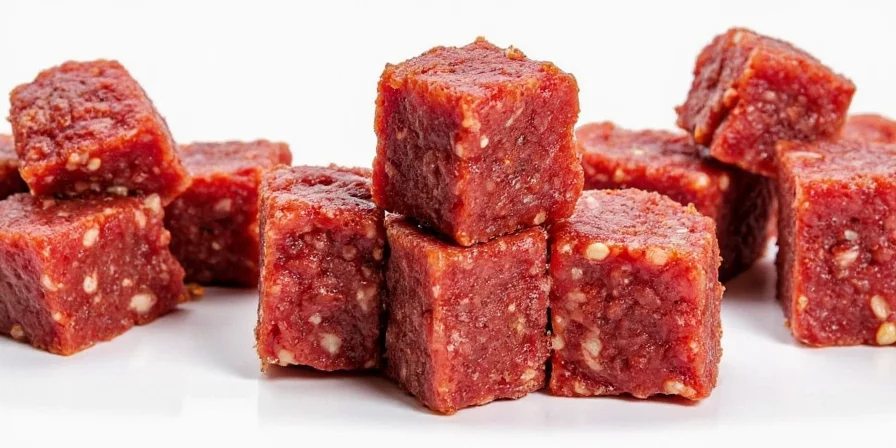
Seasoning isn't cosmetic enhancement—it's manipulating protein denaturation and Maillard reaction kinetics. Underseasoned meat represents missed opportunities in flavor molecule activation. Each cooking application (stews, kebabs, stir-fries) demands distinct chemical approaches because:
- Surface-area-to-volume ratios alter seasoning absorption rates
- Moisture content affects salt diffusion speeds
- Heat exposure duration changes compound volatility
Hack #1: Dry Brine Through Osmosis Control
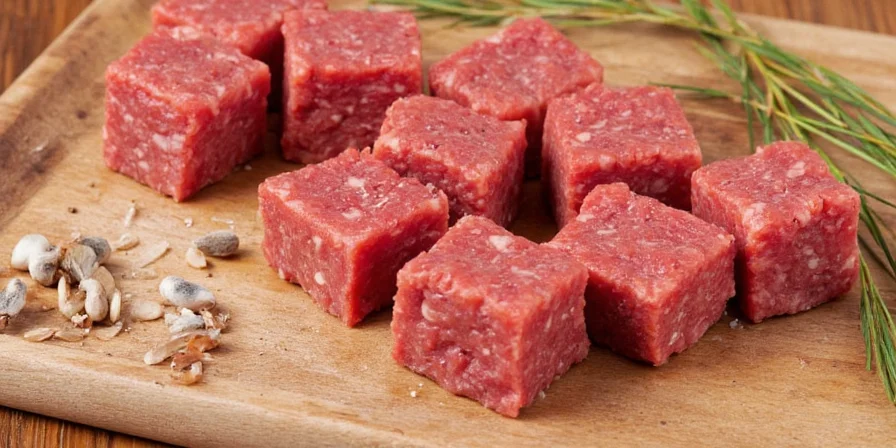
Standard dry brining misses critical timing variables. For optimal osmotic pressure:
- Use 0.5% salt by meat weight (not arbitrary pinches)
- Refrigerate 45 minutes per 1cm cube thickness
- Pat dry 10 minutes pre-cook to maximize Maillard reaction
Hack #2: Thermodynamic Spice Layering
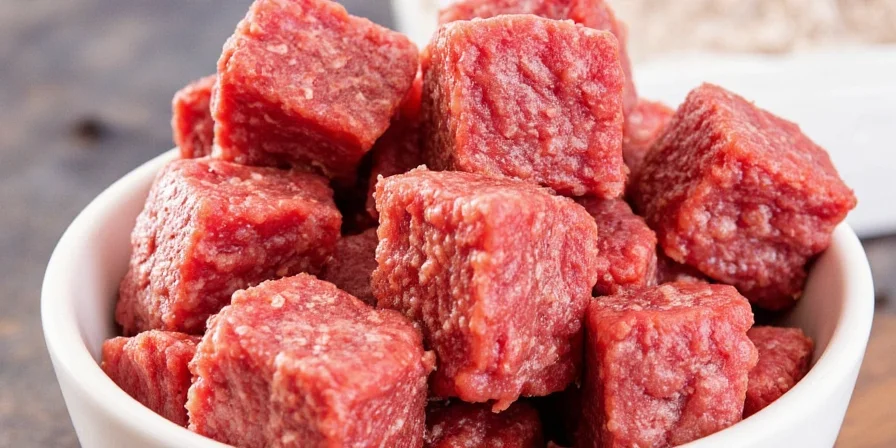
Spice compounds vaporize at different temperatures. Strategic layering matches compounds to cooking phases:
| Compound Type | Vaporization Point | Application Timing |
|---|---|---|
| Terpenes (cumin, paprika) | 160°C+ | Pre-cook rub |
| Phenols (cinnamon, clove) | 120-140°C | Middle cooking phase |
| Thiols (garlic, onion) | 80°C | Final minute |
Hack #3: Citrus Zest Oil Solubility Principle
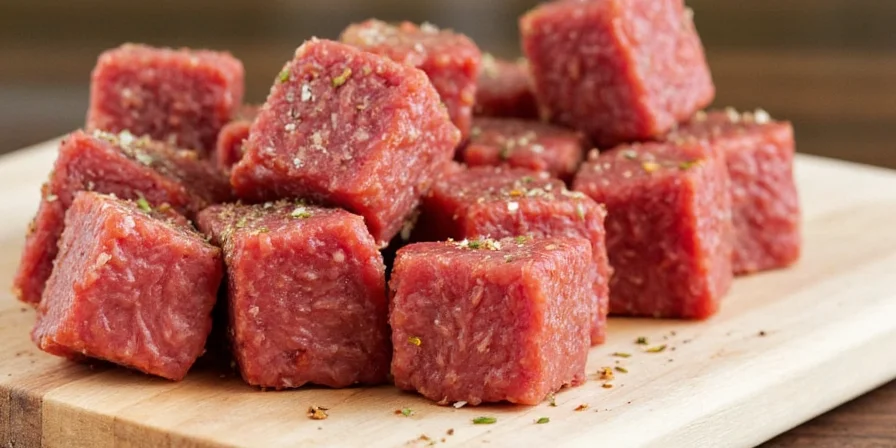
Citrus zest contains oil-soluble limonene compounds that bind to meat fats, unlike water-soluble juice acids. For maximum flavor integration:
- Mix zest with 1 tsp neutral oil to emulsify
- Rub into meat 30 minutes pre-cook
- Avoid juice which causes protein tightening
Hack #4: Umami Synergy with Glutamate Boosters
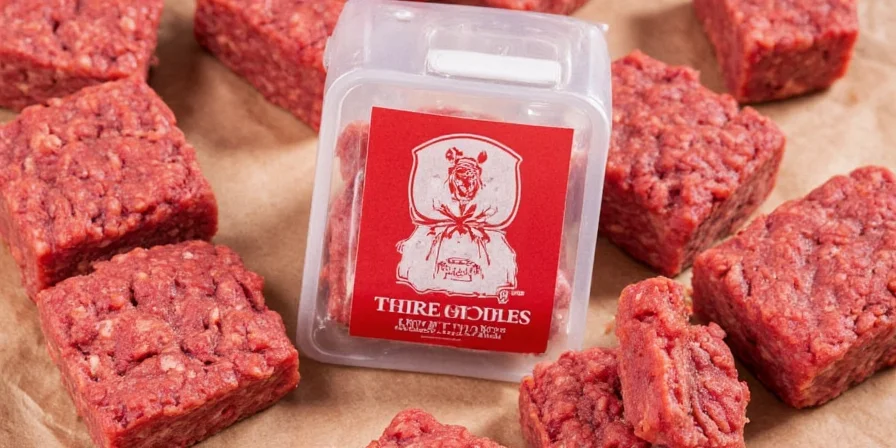
Soy and Worcestershire contain free glutamates that trigger umami receptors. But their sodium content requires mitigation:
- Dilute 1:3 with broth to reduce salt concentration
- Add during final 90 seconds of cooking
- Pair with inosinate-rich ingredients (mushrooms, tomatoes)
Hack #5: Acid Dissociation Timing

Acids don't just balance fat—they dissociate flavor compounds trapped in fat molecules. Timing determines effectiveness:
- Pre-cook: Denatures surface proteins (use sparingly)
- Mid-cook: Releases bound flavor molecules
- Post-cook: Brightens finished dish without texture impact
Conclusion: Flavor Engineering Mastery
These five techniques transform seasoning from guesswork into precise flavor engineering. By understanding the molecular interactions behind each method, you gain repeatable results whether cooking weeknight stir-fries or special-occasion kebabs. The key isn't memorizing steps—it's recognizing how protein structures, heat transfer, and compound volatility interact. Start with one technique, measure its impact, then expand your culinary toolkit systematically.
Frequently Asked Questions
How does dry brine timing change for frozen versus fresh beef cubes?
Increase timing by 40% for frozen cubes. The ice crystal structure slows osmotic diffusion. Thaw completely before dry brining for optimal results.
Can I substitute dried herbs for fresh in the thermodynamic layering process?
Use 1/3 the amount of dried herbs. Their concentrated compounds vaporize faster, requiring earlier application. Add during pre-cook rub phase rather than mid-cooking.
Why does acid added post-cook improve flavor without tenderizing?
Acid dissociates flavor compounds already released during cooking. Pre-cook acid denatures proteins causing toughness, while post-cook application only affects surface molecules—enhancing perception without texture compromise.
How do I adjust umami boosters for low-sodium diets?
Replace 50% of soy/Worcestershire with dried mushroom powder. It provides guanylate nucleotides that synergize with natural meat glutamates, achieving equivalent umami at 30% less sodium.

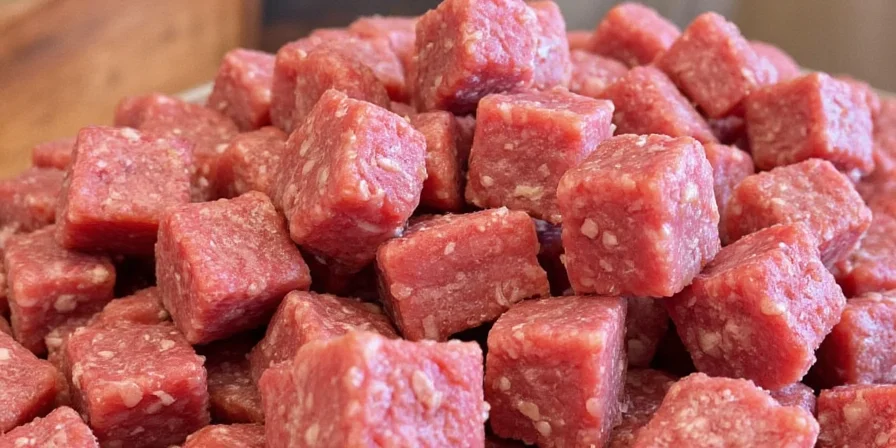









 浙公网安备
33010002000092号
浙公网安备
33010002000092号 浙B2-20120091-4
浙B2-20120091-4